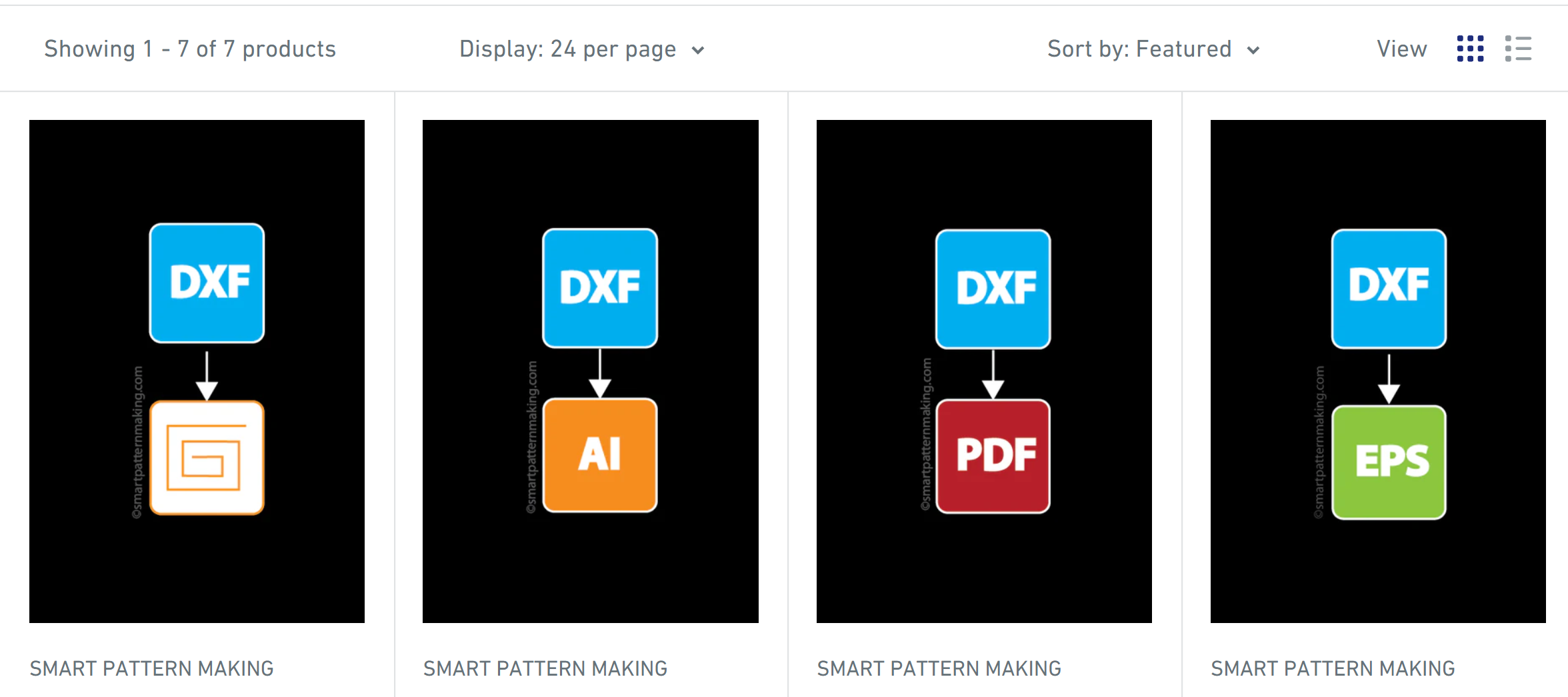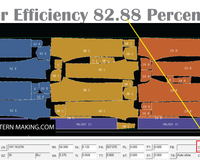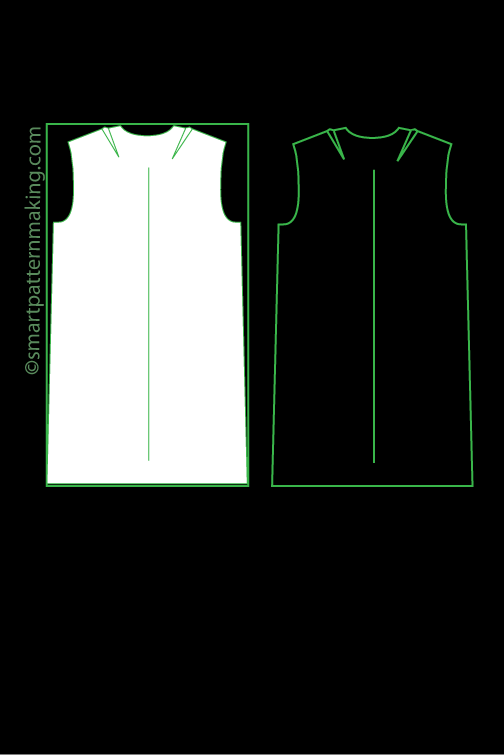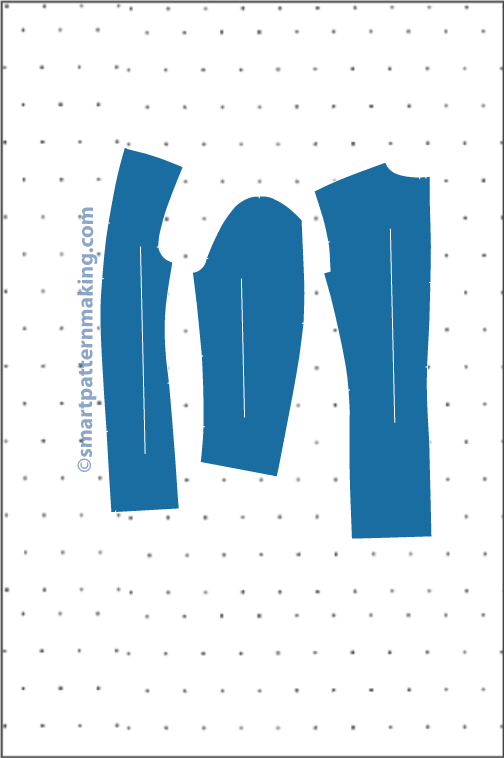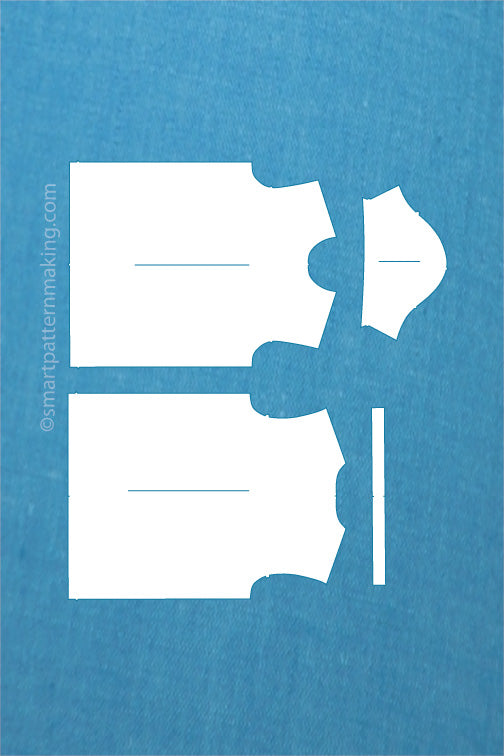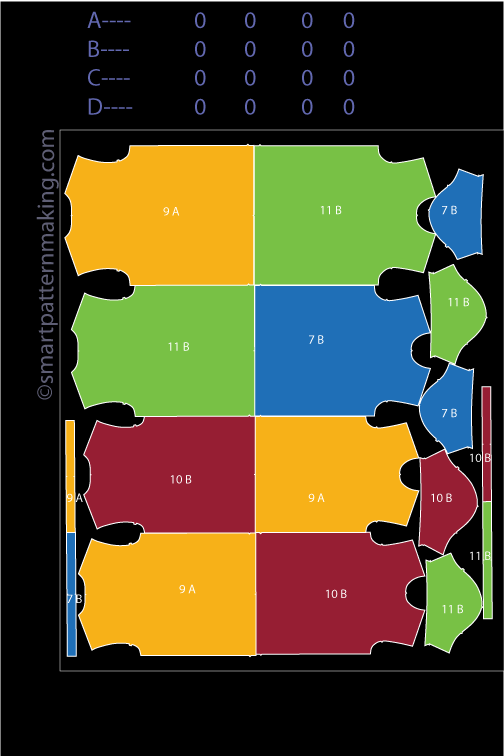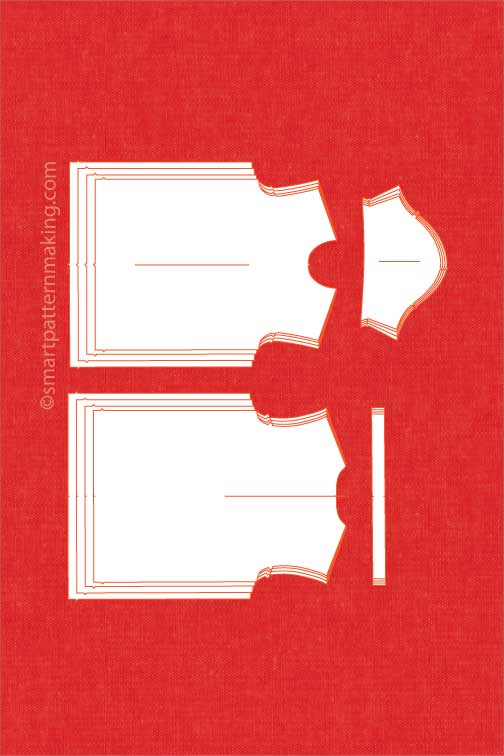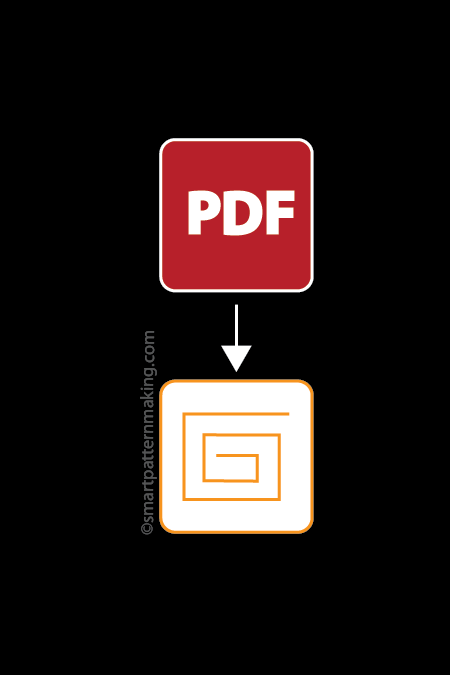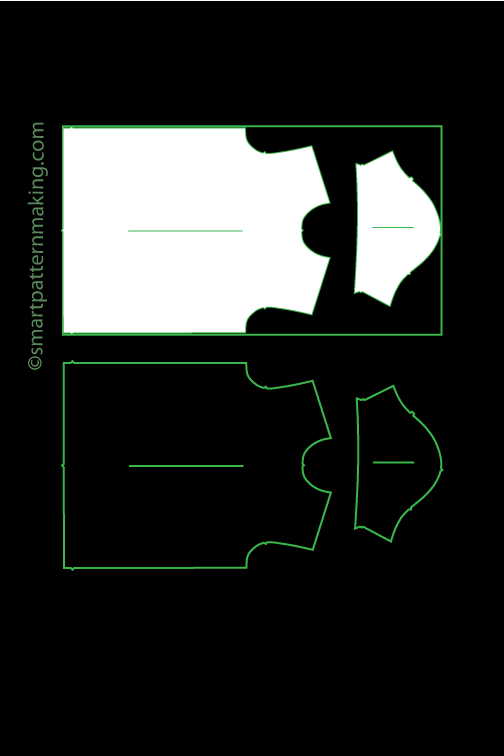What is a DXF File?
A DXF file (Drawing Exchange Format) is a widely used file format for storing 2D and 3D design data. Developed by Autodesk, the creators of AutoCAD, DXF files are instrumental in exchanging design data between different CAD software programs. They support various types of information, including lines, arcs, circles, polygons, text, layers, and colors. Their versatility allows them to be easily converted into other formats, such as DXF to PDF, for various applications.
Key Features of DXF Files
| Feature | Description |
|---|---|
| Compatibility | Widely supported by CAD software, easy sharing across platforms |
| Versatility | Can contain both 2D and 3D data, suitable for various design applications |
| Compact File Size | Typically smaller in size compared to other CAD formats |
| Editable | Easily modified using CAD software |
| Industry Standard | Accepted in the design and engineering industry for interoperability |
Why Convert DXF Files?
Converting DXF files is crucial for ensuring:
- Compatibility: Allows DXF files to be accessible across various platforms by converting to more widely supported formats like PDF or Illustrator.
- Editing Capabilities: Enables advanced editing by converting to formats compatible with software offering more specialized tools.
- Collaboration: Simplifies sharing with colleagues or clients who may not have access to CAD software.
Common Challenges & Troubleshooting
While converting DXF files, you may encounter certain challenges. Here's how to address them:
| Challenge | Solution |
|---|---|
| Incorrect Scaling | Ensure proper units of measurement before importing |
| Missing Elements | Check layers and visibility settings to ensure all elements are included |
| Distorted Shapes | Convert curves to arcs or splines before importing |
Best Practices for DXF File Conversion
Optimize your DXF file conversion process by following these best practices:
-
1. Clean Up the DXF File
Remove unnecessary elements or layers not relevant to the design. -
2. Maintain Layer Organization
Organize design elements into logical layers for easier manipulation. -
3. Check for Overlapping Lines
Ensure there are no overlapping lines or intersections that could cause issues. -
4. Use the Appropriate File Format
Choose the correct format for exporting to ensure compatibility with other systems.
Leveraging DXF File Conversion in Various Industries
DXF file conversion is not just a technical task; it's a crucial process that impacts various industries, from architecture to fashion, engineering, and beyond. Understanding the role DXF files play in these industries can help you appreciate the importance of proper conversion practices.
-
1. Architecture and Construction
In architecture, DXF files are often used to share detailed 2D drawings and 3D models of building designs. Converting these files to formats like PDF allows architects to present their designs to clients who may not have access to CAD software. This ensures that everyone involved in the project, from engineers to contractors, can view and collaborate on the designs without technical barriers. -
2. Engineering and Manufacturing
Engineers and manufacturers rely on DXF files to create precise technical drawings and models. These files are essential for producing parts, machinery, and products that require exact specifications. Converting DXF files to compatible formats ensures that the designs can be seamlessly integrated into different stages of the production process, from initial concept to final manufacturing. -
3. Fashion and Textile Industry
In the fashion industry, DXF files are commonly used in pattern making, grading, and marker making. Software like Gerber AccuMark utilizes DXF files to create and manipulate garment patterns. Converting these files allows fashion designers and manufacturers to streamline their workflow, ensuring that patterns are accurately transferred from the digital design phase to physical production. -
4. Graphic Design and Printing
Graphic designers often work with DXF files for creating logos, illustrations, and other visual elements that require precision. Converting these files to formats like Illustrator or EPS is crucial for editing and fine-tuning designs. Additionally, converting DXF files to PDF ensures that the designs are print-ready and can be shared with clients or printing services without loss of quality.
The Importance of Accuracy in DXF Conversion
Accuracy is paramount when converting DXF files. Even a small error in the conversion process can lead to significant issues down the line, such as incorrect measurements, distorted designs, or loss of important details. To ensure accuracy:
- Double-Check Dimensions: Before and after conversion, always verify that the dimensions of your design match the original specifications.
- Review All Layers: Make sure that all layers in the DXF file are accounted for and correctly represented in the converted file.
- Test the Converted File: If possible, test the converted file in the software or environment where it will be used to ensure that it functions as expected.
Conclusion: Maximizing the Benefits of DXF Files
DXF files are a powerful tool in the world of design and engineering, enabling the seamless exchange of complex design data across various platforms and industries. By understanding how to effectively convert and manage DXF files, you can enhance your workflow, improve collaboration, and ensure the accuracy of your designs.
Whether you’re working in architecture, engineering, fashion, or graphic design, mastering DXF conversion will allow you to take full advantage of this versatile file format. Remember to follow best practices, address common challenges, and explore advanced techniques to ensure that your DXF files are always optimized for success.
For more information on DXF file conversion or to get expert help with your projects, don’t hesitate to reach out. Our team is here to assist you with all your DXF conversion needs.

